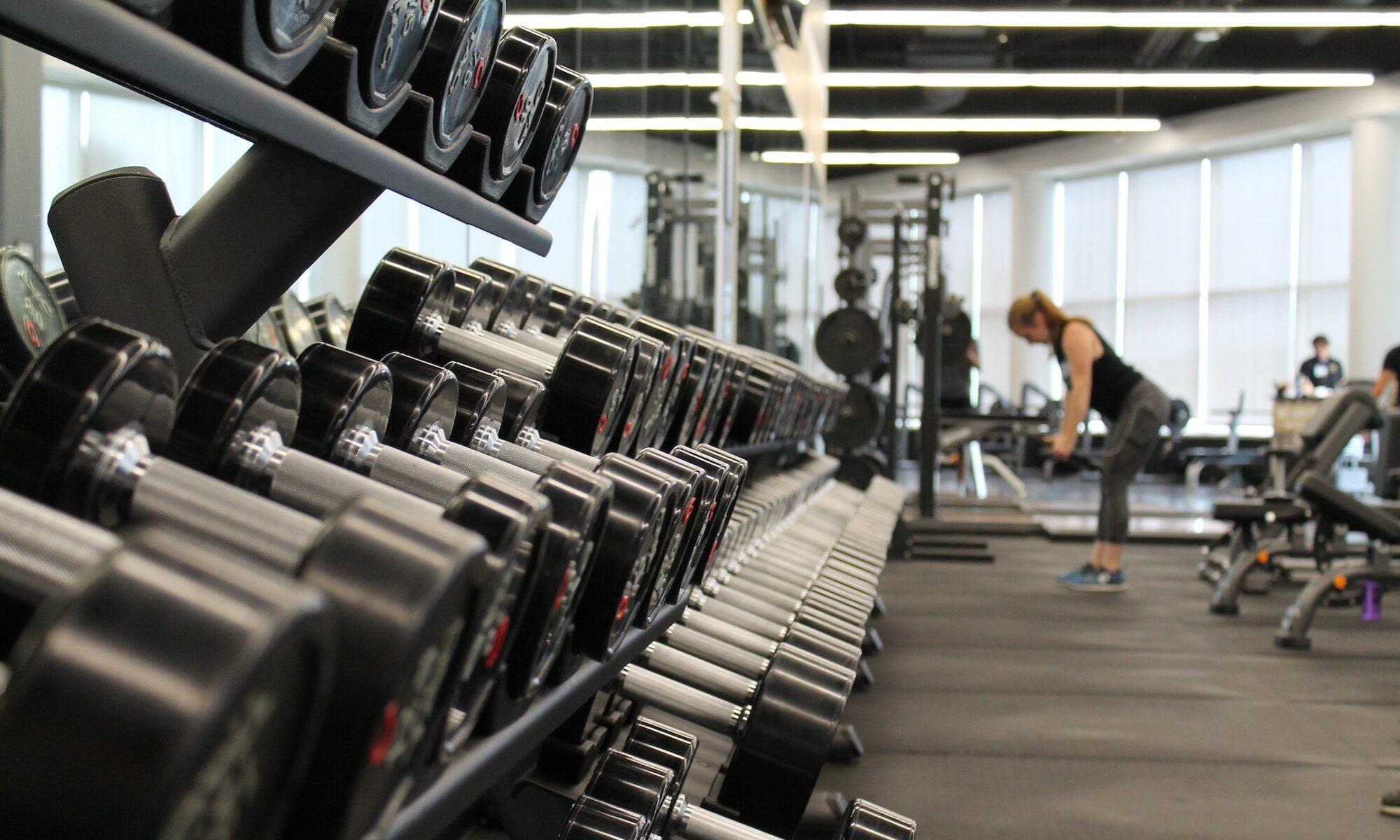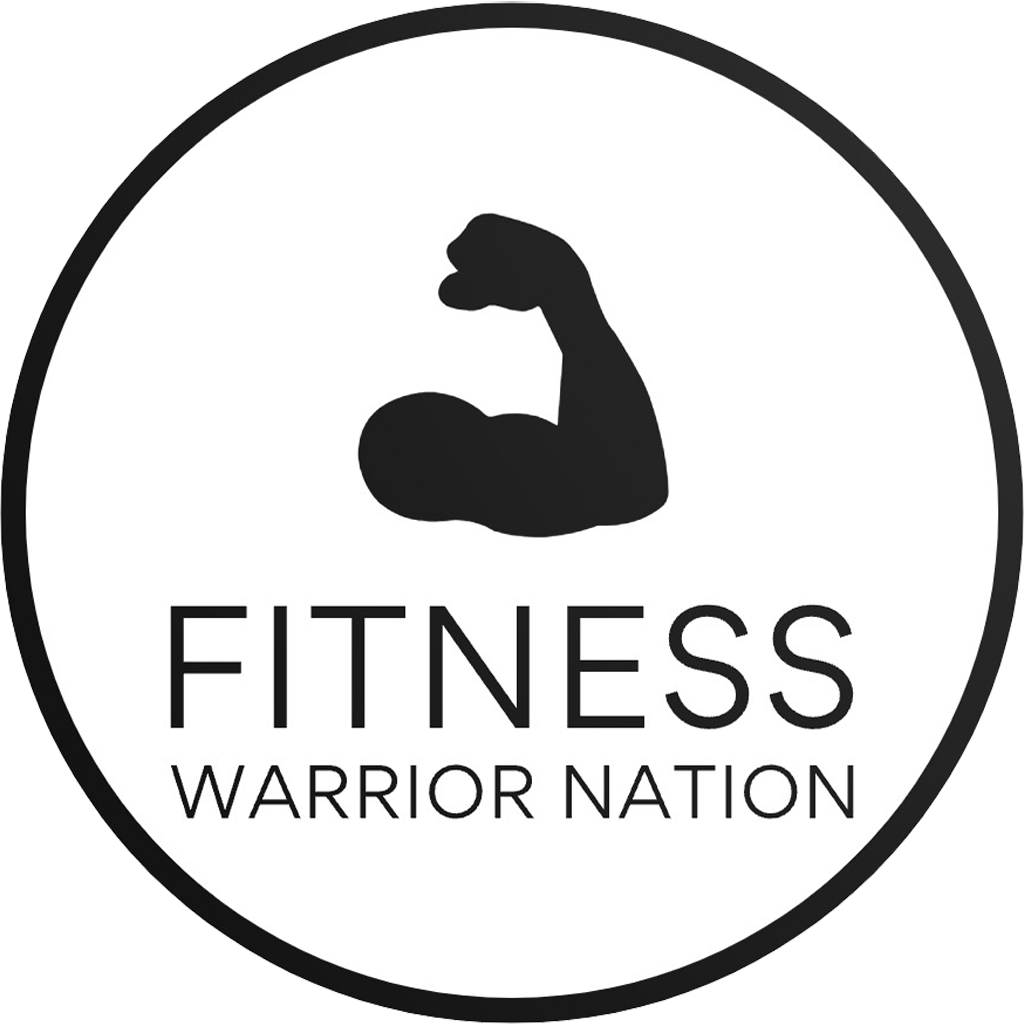Crafting an Effective Meal Plan for a Healthier You in 2025
As health trends continue to evolve at a rapid pace in 2025, creating a personalized meal plan has become essential for anyone aiming to enhance their well-being. With busy schedules and the plethora of dietary choices available, understanding how to design a balanced, enjoyable, and sustainable meal routine is more crucial than ever. A well-structured meal plan not only streamlines grocery shopping and reduces food waste but also empowers you to reach your fitness and health goals efficiently. Whether you’re a fitness enthusiast or just starting your wellness journey, mastering the art of meal planning can transform your lifestyle and fuel your body in the best possible way.
Understanding the Foundations of a Nutritious Meal Plan
Developing a successful meal plan begins with grasping the core principles of nutrition. In 2025, mainstream health guidelines emphasize a focus on whole, minimally processed foods. These include a vibrant variety of fruits, vegetables, lean proteins, whole grains, and healthy fats. Incorporating these components ensures that the body receives essential vitamins, minerals, and macronutrients to support overall health, muscle growth, and energy levels.
Key elements of a balanced diet include:
- Protein sources: chicken, fish, plant-based options like tofu and legumes
- Complex carbohydrates: quinoa, brown rice, sweet potatoes
- Healthy fats: avocados, nuts, seeds, olive oil
- Fruits and vegetables: berries, leafy greens, cruciferous vegetables
- Hydration: ample water intake and herbal teas
Applying these principles helps prevent nutritional deficiencies, supports digestion, and fosters sustained energy. Furthermore, personalization plays a pivotal role in adherence. Using apps like Quest vs BSN Muscle Diet or Healthy Lifestyle Tips can guide you to tailor your dietary intake based on personal preferences, activity level, and health goals.
| Component | Examples | Benefits |
|---|---|---|
| Proteins | Chicken, Fish, Legumes, Tofu | Muscle repair, satiety, metabolic support |
| Carbohydrates | Whole grains, Sweet potatoes, Legumes | Sustained energy, fiber intake, digestive health |
| Fats | Avocados, Nuts, Olive oil | Healthy skin, hormone balance, abundant energy |
| Fruits & Veggies | Berries, Leafy greens, Cruciferous vegetables | Vitamins, antioxidants, disease prevention |
Personalizing Your Meal Plan with Modern Tools and Technology
In the digital age, leveraging a variety of apps and platforms can significantly streamline the process of meal planning. Platforms like MyFitnessPal and PlateJoy offer personalized meal recommendations based on your dietary restrictions, preferences, and fitness objectives. They provide user-friendly interfaces, calorie trackers, and macro calculators, making it easier to stay on track.
Apps like Cookpad and Mealime facilitate recipe discovery, smart grocery list integration, and meal prep scheduling. These tools often sync with grocery delivery services such as HelloFresh or Green Chef, reducing the time spent in stores and helping to reduce food wastage.
For instance, if you’re following a Paleo or vegan diet, these platforms let you customize your weekly meal plan, ensuring variety while sticking to your dietary restrictions. The combination of these technological resources enables consistent, effortless adherence to healthy eating patterns.
- Input your preferences — diet style, calorie goals, allergies, and schedule
- Generate meal options — based on nutritional needs and taste
- Create shopping lists — automatically consolidated for convenience
- Track progress — real-time feedback on macro and micronutrient intake
- Adjust daily or weekly — fine-tune your plan as your goals evolve
Smart Meal Prep Strategies for a Busy Lifestyle in 2025
Meal prepping has become a cornerstone of healthy living, especially for those with packed schedules. Preparing meals ahead not only saves time but also ensures nutritional consistency and portion control. Advances in food storage technology and smart kitchen gadgets have simplified this routine, allowing you to cook in bulk without sacrificing freshness.
Effective meal prep tips include:
- Batch cooking: preparing large quantities of staples like grains, proteins, or roasted vegetables
- Portioning: using containers to divide meals for the week
- Utilizing seasonal produce: maximizing flavor and nutrition while reducing costs
- Meal variety: changing proteins and vegetables across different days to avoid monotony
- Smart storage: vacuum-sealing or using airtight containers to prolong freshness
By integrating tools like pre and post-workout nutrition guidelines, you can also optimize recovery and energy levels. Combining this approach with apps like PlateJoy or Yummly for recipe inspiration ensures meal diversity and sustained motivation.
| Meal Prep Focus | Technique | Benefits |
|---|---|---|
| Staple ingredients | Bulk cooking grains, proteins, vegetables | Time savings, cost efficiency |
| Portion control | Meal prep containers, zip bags | Caloric regulation, prevents overeating |
| Food preservation | Vacuum sealing, airtight containers | Maintains freshness, reduces waste |
| Recipe flexibility | using different spices, sauces, add-ons | Variety and sustained interest |
Meal Planning for Weight Loss and Health Optimization
In 2025, many individuals are turning to meal planning not just for convenience but as a powerful tool to manage weight and improve health. Strategic planning helps control calorie intake, regulate macros, and reduce impulsive eating, leading to better adherence to dietary goals. The process begins with an honest assessment of current habits and setting realistic targets.
Some proven approaches include:
- Calorie counting: using apps like Quest vs BSN Muscle Diet to gauge daily intake
- Macro balancing: prioritizing proteins, healthy fats, and complex carbs
- Portion control: employing measuring tools and pre-portioning meals
- Meal timing: spreading intake evenly to maintain energy levels and avoid bingeing
- Consistent hydration: factoring in sufficient water intake
Research indicates that individuals who plan their meals are more likely to meet their weight loss goals. Apps like Cookpad or Mealime enable tracking and adjusting plans in real time for optimal results, making the journey manageable and less stressful.
| Goals | Strategies | Outcome |
|---|---|---|
| Weight loss | Calorie restriction, macro tracking | Fat reduction, improved metabolic health |
| Muscle gain | High protein intake, nutrient timing | Enhanced muscle hypertrophy, recovery |
| Health maintenance | Balanced macros, micronutrients | Long-term vitality, disease prevention |
Integrating Meal Planning into Your Lifestyle for Lasting Success
Meal planning isn’t just about following strict rules—it’s about creating a sustainable routine that fits seamlessly into daily life. Embracing habits like planning at the start of each week, maintaining a flexible attitude, and using trusted digital tools can make this process enjoyable rather than burdensome. Many in 2025 find value in combining traditional methods with resources like latest workout trends to align their nutrition with physical activity.
Consistency is key. Setting aside time on weekends to plan meals, prepping ingredients, and updating your Meal Planner helps eliminate last-minute stress. Additionally, tracking progress through apps like Fitness & Workout Results ensures your diet supports your evolving fitness goals.
Embracing Flexibility and Technology to Sustain Your Healthy Lifestyle
Sticking with a meal plan becomes easier when combined with flexibility. Incorporating spontaneous meals using platforms such as PlateJoy or Yummly promotes variety and enjoyment. It’s also essential to allow grace periods for social occasions and special treats, maintaining a positive attitude toward your health journey.
Technological tools can offer motivational prompts, nutritional insights, and accountability. In 2025, the fusion of data analytics and AI customization paves the way for more personalized and dynamic meal plans. Experimenting with these resources ensures your health routine remains challenging and inspiring.
What is the most effective way to start meal planning?
Begin by assessing your dietary preferences, setting clear goals, and choosing tools like pre/post-workout nutrition guides. Start small by planning one or two meals a day and gradually expand as you become more comfortable.
How can I ensure variety in my meal plan?
Rotate different protein sources, vegetables, and grains, and use recipe platforms like Cookpad or Mealime. Incorporate international cuisines or seasonal ingredients to keep meals exciting and nutritious.
What are the benefits of using meal planning apps?
They streamline grocery shopping, reduce food waste, help monitor nutrient intake, and allow for easy adjustments. Apps like Quest vs BSN Muscle Diet or PlateJoy provide tailored recommendations that fit your lifestyle, making healthy eating more accessible and consistent.
Can meal planning help with weight loss?
Absolutely. It allows precise control over calorie and macro intake, prevents impulsive eating, and ensures meal portioning aligns with your goals. Combined with tracking tools, meal planning maximizes your likelihood of sustained success.


